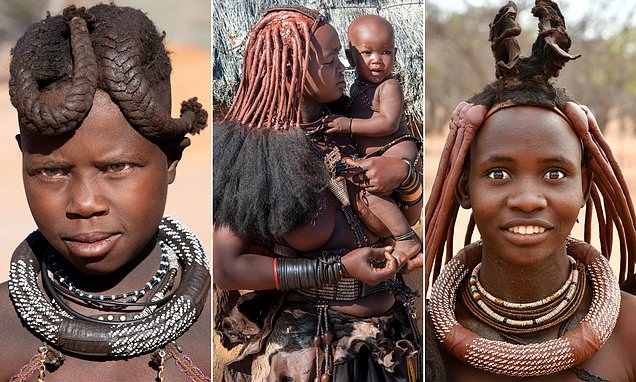
Ancient people in what is now West Africa are believed to have interbred with a previously unknown species of ancient humans some 50,000 years ago.
The proof, according to experts, is in the genomes of contemporary West Africans and cannot be found in old bones or DNA. They examined the genetic material of hundreds of individuals from Sierra Leone and Nigeria and discovered “ghost” DNA, or DNA from an unidentified progenitor.
Homo sapiens coexisted with other species that at various points broke out from the same genetic family tree. Also, there is a ton of evidence from other regions of the world that suggests Neanderthals and early humans interacted sexually.
Neanderthal genes are therefore still found in modern humans, particularly in those of European and Asian ancestry. People from Oceania carry the Denisovan genes since Homo sapiens also interbred with them.
The research on ghost DNA, which was published in Science Advances, further muddies the image of how Homo sapiens, or modern humans, diverged from their other human ancestors. According to computational biologist Sriram Sankararaman of UCLA, “it’s probably likely the case that the tale is really intricate and difficult and we have kind of these beginning suggestions about the intricacy.”
The genomes of 405 West Africans were examined by the researchers. According to Sankararaman, they employed a statistical model to identify certain DNA regions. The procedure “travels along an individual’s genome and extracts bits of DNA that we think are likely to have come from a population that is not modern human.”
Both Neanderthals and Denisovans are not connected to the peculiar DNA discovered in West Africa. Sankararaman and Arun Durvasula, who wrote the paper with him, believe it originates from an unidentified group.
Sankararaman claims, “We don’t have a definite identify for this ancient people. “That is why we refer to them as ghosts. The groups whose genomic sequences we have don’t appear to be especially closely connected to it.”
The interbreeding, according to the researchers, took place around 50,000 years ago, roughly at the same time as modern humans and Neanderthals were reproducing elsewhere in the world. Yet, it’s unclear if there was a single interbreeding “event” or if it took place over a long period of time.
According to him, the unidentified group “appears to have split off from the progenitors of modern humans a bit before Neanderthals split out from our forebears.”
The mingling of Denisovans with humans has been researched by University of Washington biostatistics professor Sharon Browning, who claims that “the scenario that they are uncovering here is one that looks probable.”
Browning observes that the genetic material frequently contains instances of the ghost DNA. It suggests that these ancient populations may have had some DNA that performed functions that have since been demonstrated to be helpful to the present population, she adds.
Nevertheless, Sankararaman asserts that it is now impossible to determine what function, if any, these genetic elements serve for contemporary individuals who possess them. “Do they merely exist at random in our genomes? Do they provide any adaptive advantages? Do they have negative repercussions? “Added he. “All of them are excellent questions to start thinking about,”
According to him, there is probably proof of further ghost communities among current people in various regions of the planet. According to Sankararaman, “I think there is always the chance that we can uncover these as-yet-unidentified ghost populations when we gather the genome sequences from different regions of the world at different moments in time.”
According to Browning, it’s also plausible that the ghost DNA discovered in this study originates from many populations. According to her, “the study doesn’t tell us how many archaic populations may have been engaged inside Africa.” Although it’s possible that there were more than one archaic group involved, the evidence indicates that there was integration.
Physical samples are significantly more difficult to find in Africa compared to the Neanderthals, where there is a wealth of Genetic fossil evidence. According to Browning, the climate on the continent has made things difficult.
For DNA to be recovered, “the circumstances have to be ideal for the fossils to not fully decompose,” according to Browning. In Africa, bones from ancient people have been discovered, but no DNA has been detected. Nevertheless, she continues, “people are continuously searching for additional fossils, and technology is still evolving.”
So what happened to this enigmatic band of prehistoric humans? The scientific community is unsure.
They could have vanished altogether or they might have finally assimilated with contemporary people.
RELATED ARTICLES
- Researchers Warn Vaping is just as Harmful as Cigarettes
- DNA test to be added to Covid screening
- Thousands of illegal migrants Riot in France against the Police and demanding Citizenship
- African Rapes Pregnant Italian Coronavirus Nurse in Broad Daylight
- CNN Says Wearing a Face Mask in Public is Racist











